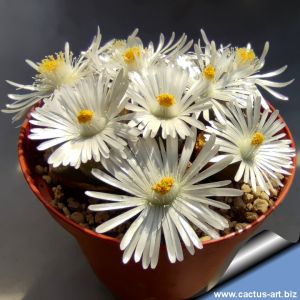-
x
Sconto:
Spedizione:
Pagamento:
Tasse (IVA):
Totale:
su preventivo
Non ci sono prodotti nel carrello.

